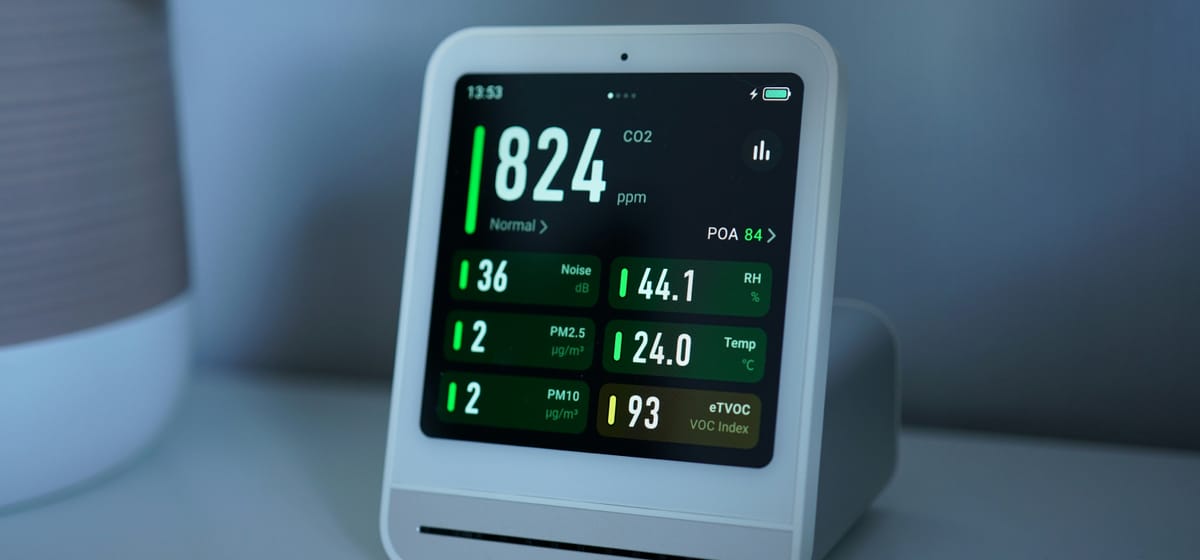The Problem with “User-Centered” in Healthcare

“User-centered design” has become a default label in healthcare innovation. But what does it really mean? In many digital health projects, the term is used loosely, detached from the realities of care work, systems complexity, and patient vulnerability. This post offers a critique of how “user-centered” has been flattened into a buzzword, and explores what it takes to design with real context, consequences, and care.
The Current Situation
It’s hard to find a health tech product today that doesn’t call itself “user-centered. It’s all in pitch decks, funding proposals, and product briefs. And honestly, it sounds good, and it signals the right intention...
...But in practice, user-centered often means screen-centered.
It means fixing flows, improving UI, simplifying onboarding.
All good things.
But not enough.
Healthcare is not Just a Product, t’s a System.
Designing within that system means facing tradeoffs, frictions, and ethical complexity.
A truly user-centered process starts with the question:
- Who is the user?
- What power do they hold?
- What are the consequences of failure—for them, not just for the business?
If your team’s idea of research is a few unrecorded interviews, or some feedback after launch, that’s not user-centered: that’s user-shaped.
Let’s consider a few examples:
- A patient portal that looks beautiful, but assumes every user is literate, insured, and digitally fluent
- A clinical dashboard that optimizes for speed, but ignores the emotional labor and cognitive load of providers
- A mental health chatbot that says “we’re here for you,” but offers no follow-up or escalation when distress is real
These tools may pass usability tests, but they fail at care.
Real user-centered design in healthcare, however, asks harder things:
- Can you involve users before a prototype exists?
- Can you slow down enough to understand the system behind the screen?
- Can you center users not only in your designs, but in your decisions?
It’s not always pretty, and it rarely fits the sprint, but that’s what makes it worth doing.
Conclusion
If we want digital health tools to support real care, we have to move beyond empathy theater and usability polish.
We need to get closer to the people and systems we’re designing for and ask harder questions, sooner, because user-centered is a discipline. And when we treat it like one, we get closer to designs that matter.
Footnotes
- Norman, D. A., & Draper, S. W. (1986). User Centered System Design. https://mitpress.mit.edu/9780893910457/user-centered-system-design/
- Baldwin, J. L., & Berkelhamer, J. E. (2021). Equity-Centered Design in Digital Health. https://doi.org/10.1016/j.jadohealth.2021.03.014
- Vassilev, I., et al. (2019). How user-centered design can fail: The complexity of patient systems. https://doi.org/10.1016/j.ijmedinf.2019.05.003
- Mol, A. (2008). The Logic of Care: Health and the Problem of Patient Choice. https://www.routledge.com/The-Logic-of-Care/Mol/p/book/9780415468670





